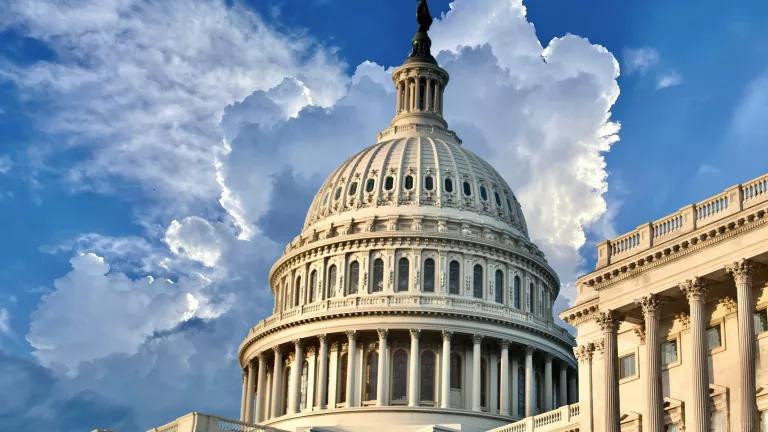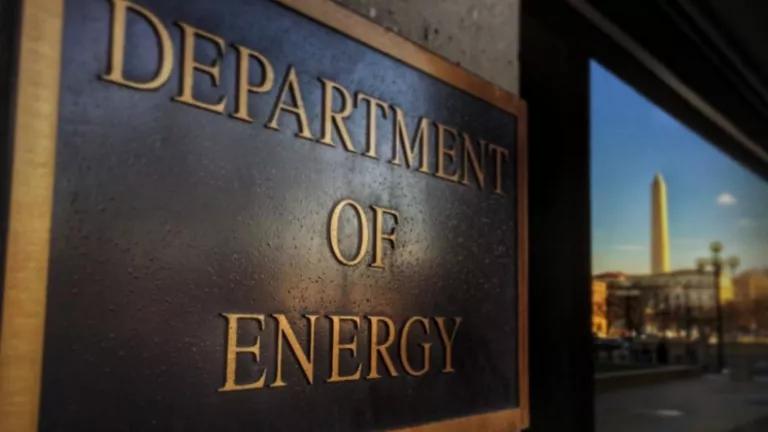Three Necessary Steps for the Mexican Energy Reform to Help Boost Clean Power and Fight Climate Change
Numerous countries in Latin America have pledged emission reductions to help fight the global climate crisis. This international leadership is commendable, but how well is it translating into concrete action on the ground? During and after the upcoming Lima COP, governments in the region need to consider how effectively their national policies help achieve their climate pledges. For the energy sector this means ensuring national energy policies and plans that set the groundwork for moving toward cleaner alternatives. This past year as Mexico undertook a historic reform of its energy sector, it had a singular opportunity to integrate its climate change commitments into the policy framework that will govern its future energy sector. But, at least in this stage of the reform, this does not appear to have happened. Below are three opportunities Mexico should seize as the energy reform process moves forward in order to help steer the country toward a cleaner energy future. While the particulars of the energy reform in Mexico were very specific to the country’s situation, these are also opportunities for other Latin American countries.
1. Link energy policy directly with climate change mitigation targets.
Mexico’s 2012 General Climate Change Law set emission reduction targets of 30 percent by 2020 and 50 percent by 2050. These goals are ambitious and progressive. Considering that 67.3 percent of the country’s emissions come from energy consumption, including for transportation, Mexico should have explicitly incorporated these emission reduction targets into the energy reform process.
The energy reform’s package of secondary legislation passed by the Mexican Congress earlier this year was an opportunity to start putting in place plans to transition the country’s energy consumption away from a reliance on polluting fossil fuels. Importantly, this transition will need to incorporate solutions for the transport sector; the largest final consumer of energy resources in Mexico, representing 48 percent of the country’s total energy consumption in 2011. Instead, the reform’s secondary legislation prioritized the status quo by focusing primarily on fossil fuel exploration and production.
2. Set a clear path for renewable energy deployment.
Since 2008, Mexico has had in place targets for generating 35 percent of electricity from non-fossil fuel energy sources by 2024, and 40 percent by 2035. What’s missing is a clear roadmap for how to scale up non-conventional renewables to achieve these targets. In 2013, 18 percent of the total electricity generated came from renewable sources, but most of this actually came from large hydroelectric plants. Solar, wind, biomass and small hydro represented only 6 percent of installed capacity.
In a country with abundant solar, wind, and geothermal potential, reforming the energy sector to allow greater participation from the private sector is a chance to direct new investment toward these sources. If planned right, these can power Mexico’s future growth sustainably. Local groups point out that unfortunately, the secondary legislation failed to adequately set out a concrete plan – with defined timelines and benchmarks – to meet Mexico’s existing clean energy targets. This was a missed opportunity for Mexico to send a clear message to potential investors in its renewables sector. While policymakers did opt to include incentives like Clean Energy Credits (CECs) it’s still not clear what these will actually entail, how they will be traded, the amount necessary for compliance and how effective they will be in boosting the renewable sector.
3. Plan and operate electric grids to interconnect renewable energies.
The energy reform ends the Federal Electricity Commission’s (CFE) monopoly over electricity generation and allows residential, industrial, and commercial producers to generate and sell excess electricity back to the grid. Decentralizing power production in this manner opens the door for greater renewable energy generation distributed across the grid, and investment in an improved transmission grid to help it happen.
Well planned and operated transmission infrastructure is crucial to facilitating a shift toward more renewables. The reform is a key opportunity to develop a transmission grid that helps supply Mexico’s future energy demand with clean energy sources – meeting both the country’s energy needs and climate goals. The grid will have to be made smarter by incorporating technology to take advantage of smaller and variable resources, switching between renewable and conventional sources as necessary and managing demand efficiently. It will also be important to plan future expansions with an eye toward incorporating renewable resources by identifying priority areas to connect. Unfortunately, there is no sense yet of how transmission investment and extension plans will operate nor how new contract schemes for power production will treat clean versus fossil fuel electricity generation.
Fortunately there’s still a chance for the reform to move Mexico in the direction of cleaner power and greater energy efficiency to help meet emission mitigation goals. Regulations to address the participation of renewable energy producers have been finalized according to President Peña Nieto, though details do not seem to be available yet. Further legislation is also expected that should focus on clean energy and environment issues. The PAN party has already released their proposal. But until the government presents its “green” legislation and more details about regulations are available, we won’t really know whether the energy reform will help move Mexico toward its climate change mitigation targets
President Peña Nieto made an ambitious push to open up Mexico’s energy sector; it is critical that in opening up the country for business he doesn’t entirely miss the opportunity to give a serious boost to renewable energy.
This blog post was co-authored with Sam Hoyle, NRDC’s Latin America Projects Intern




